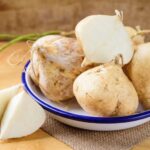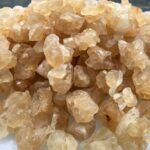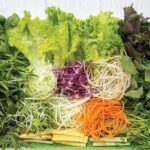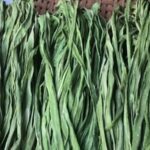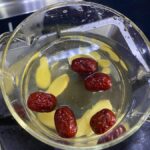The Bang Tree: A Tasty Tale of Vietnam’s West
The Bang tree, a wild plant native to the Mekong Delta region of Southern Vietnam, is steeped in local culture and folklore. One notable tale involves Emperor Gia Long, who, during a period of hardship, took refuge near the Tien River in the battle of Rach Gam-Xoai Mut. Here, thanks to the kindness of the local people, the emperor was treated to a sour soup made from the Bang tree’s fruit. Despite later having access to a variety of delicacies in his palace, Emperor Gia Long always reminisced about this humble sour soup.
Bang trees thrive in flooded areas, with their extensive root systems and strong regenerative capabilities. They not only enhance the landscape but also play a crucial role in soil protection, wave resistance, and erosion control along rivers and canals.
Bang tree fruit was once overlooked, but it has now become a celebrated specialty of the Mekong Delta region. With its sour and slightly nutty flavor, the fruit is used in a variety of popular dishes. The sour fruit can be eaten raw with seafood dips, while the ripe fruit is often used for sour soup, fish stew, or mashed with fish sauce, sugar, and seasoning to create a delicious dip for boiled vegetables like morning glory and sweet potato leaves.
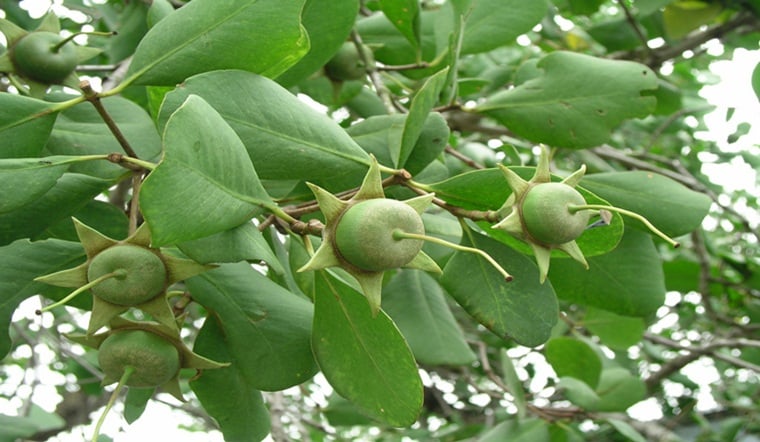
Bang Tree Fruit: A Once-Overlooked Delicacy Now a Signature Specialty of Vietnam’s Mekong Delta
The Health Benefits of Bang Tree Fruit
According to Dr. Huynh Tan Vu, a specialist from Ho Chi Minh City University of Medicine and Pharmacy, the Bang tree fruit is not just significant ecologically and culinarily but also offers a plethora of health benefits. Scientifically known as Sonneratia caseolaris, the Bang tree belongs to the mangrove family Sonneratiaceae and is commonly found in tropical mangrove forests.
In Vietnam, Bang trees grow naturally and are cultivated in coastal mangrove forests from the north to the south, where mudflats and alluvial soils prevail.
According to Dr. Vu, the Bang tree contains notable chemical constituents, including:
– Bark: Contains 10–20% tannin, archinin, and other coloring agents.
– Wood: Comprises 17.6% brown pentosan and 8.5% lignin.
– Fruit: Rich in coloring agents, archicin, archin, 11% pectin, and two types of flavonoids.
Modern medicine has revealed that extracts from the Bang tree possess potent antioxidant, anti-hyperglycemic, and antibacterial properties. Notably, the sour liquid derived from the fruit is known for its liver-protecting, mosquito larvicidal, and anti-inflammatory effects.
Thus, the Bang tree fruit is more than just a culinary treat; it is a valuable medicinal resource with numerous health benefits.
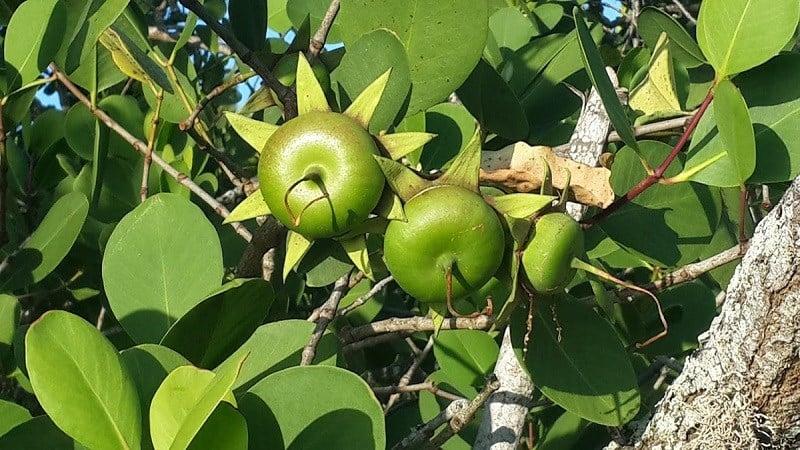
Bang Tree Fruit: A Medicinal Treasure Trove for Human Health
Unraveling the Medicinal Properties of Bang Tree Fruit and Leaves
In traditional medicine, both the fruit and leaves of the Bang tree are revered for their therapeutic qualities. The fruit, with its sour taste and cooling properties, excels at reducing inflammation and relieving pain. In folk medicine, it is commonly used to treat sprains and open wounds with bleeding.
According to medical experts, the leaves of the Bang tree are equally important. With their astringent and cooling properties, these leaves effectively stanch bleeding, aid in treating difficult urination, and can be applied to wounds. In cases of urinary retention, a mixture of crushed Bang tree leaves and fruit can be applied to the lower abdomen. For bleeding wounds, crushing and applying the leaves can help control blood loss.
Dr. Vu emphasizes that both the fruit and leaves of the Bang tree are non-toxic, making them safe for direct consumption or culinary use. However, due to the fruit’s sour nature, individuals should avoid consuming it on an empty stomach, and those with a history of gastric or duodenal ulcers should exercise caution.
Before incorporating Bang tree fruit or leaves into treatment, individuals are advised to consult with traditional medicine specialists to ensure safety and effectiveness.

























